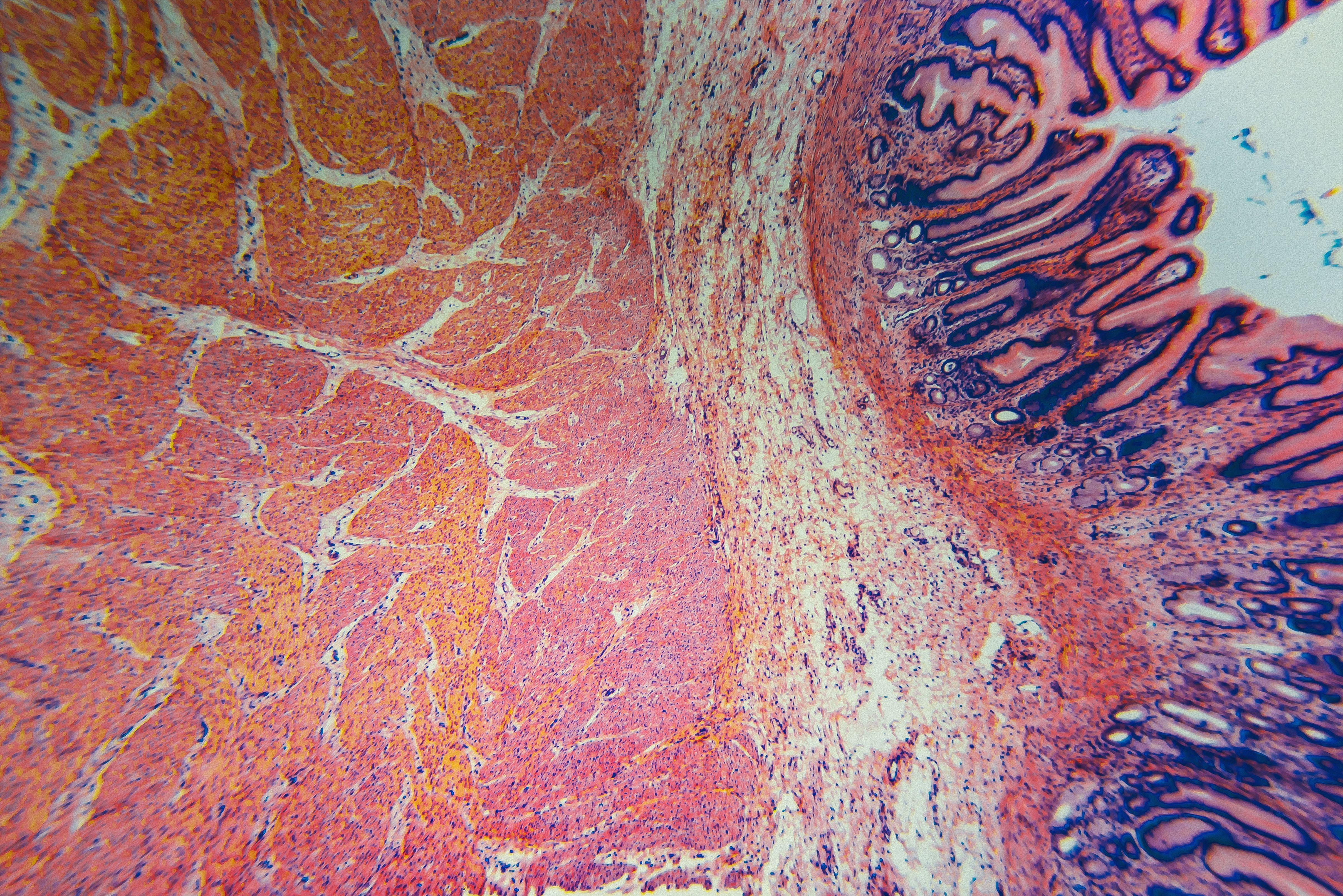AHN Launches Cutting-Edge Melanoma and Skin Cancer Center
In an interview with Targeted Oncology, Howard D. Edington, MD, discussed Allegheny Health Network’s recently unveiled Melanoma and Skin Cancer Center and its new technology.
Howard D. Edington, MD

In November 2023, Allegheny Health Network (AHN) announced its new Melanoma and Skin Cancer Center located at West Penn Hospital in Pittsburgh, PA. The center is a culmination of over a decade of planning and aims to combine research and clinical treatment facilities.
Modeled after the National Cancer Institute in Bethesda, MD, the center's main focus is finding a cure for patients with melanoma and skin cancer. One way experts are going about this is through the utilization of the VECTRA WB360 whole-body imaging system.
The VECTRA WB360 imaging system is the first and only in the region. This technology offers a quick and comprehensive scan of the patient's skin using an array of digital cameras to capture images from multiple perspectives simultaneously. With this, experts can easily detect lesions early. With the system's artificial intelligence (AI) technology, it can also compare these images to known examples in its database, aiding in identifying potentially cancerous lesions.
The imaging process requires no special preparation and is safe, involving only digital imaging with white light. However, it can only detect lesions on exposed skin, and certain areas like the back of the eye or sinuses are inaccessible.
In an interview with Targeted OncologyTM, Howard D. Edington, MD, director of the Melanoma and Skin Cancer Center at AHN, discussed the recently unveiled AHN Melanoma and Skin Cancer Center and its new technology.
Targeted Oncology: What can you share about this new Melanoma and Skin Cancer Center at AHN?
Edington: It was several years in the planning and honestly, it has been over a decade of planning. The impetus for the most recent expansion was a grant that we have received from the West Penn Hospital Foundation, where they felt that, and my hat is off to them, because I think it is innovative and visionary, [but] they agreed that putting together something that would be a confluence of a research lab and a clinical treatment facility for patients would make a lot of sense. The model that certainly makes sense to me is the model that exists at the National Cancer Institute in Bethesda. A number of us have passed through that. It is where folks can do research, but the research labs are in direct juxtaposition to the clinical facility, so the researchers are able to see the fruits of their labors and it gets everyone conjoined with a grand scheme of coming up with a cure for whatever the problem is. At the National Cancer Institute, it was cancer. For us here in the Melanoma and Skin Cancer Center, it is the same thing of curing a disease that kills a lot of people.
Cell microscopic- pyloric division stomach: © digital photo - stock.adobe.com

How does the VECTRA WB360 imaging system compare with traditional mole checks in terms of accuracy and early detection?
There are a number of things. What it actually is is an array of digital cameras that is in a sort of device that looks like the device that you walk through in the airport that scans you. What it does is it captures an image of the patient from multiple perspectives simultaneously. The actual process of taking the image takes less than 15 seconds. It is however quick the flash of a camera is. There are 96 cameras, 96 flash units. What that then does is it takes a picture of all the skin that is exposed. Not everyone has to take off all their clothing. Obviously, it cannot see through clothes, but it registers each lesion on the patient as a separate image. The patient gets out of the machine quickly, the actual computer processing of all the images takes 15 to 20 minutes, which sort of underscores the amount of data that is stored by the machine on a single imaging pass.
Each new individual image can then be reassessed using a sort of a magnifying imager, which is called a dermatoscope. Those images then can be analyzed by sort of AI technology in the sense that the machine will compare the image of the lesion to known images in its deep learning set. The machine will be able to tell us from an individual image, not necessarily that it is cancer, but that it looks a lot like things in their imaging set that are cancers. What is then generated is fundamentally a report that the patient can then take to their dermatologist or a report that will simply mark out the lit lesions that are worrisome. Those can then be biopsied or looked at more closely by the dermatologist. The gold standard in 2024 remains a biopsy, meaning that the lesion is removed and sent to the pathologist, the pathologist looks under a microscope, and makes a determination as to what the lesion is. It might be cancer, or it might be precancer, a benign thing.
Does the imaging system require any special preparation beforehand?
It does not. There is a lot of confusion about that. I think patients sometimes think that there is radiation exposure or some danger to it [but] that is not the case at all. It is digital imaging using fundamentally the white light or cross-polarized white light. It is just like having your picture taken at a party. It is not any more than that preparation. Obviously, the camera can only see skin if it is exposed, so [one] would need to take off clothes, but not necessarily completely.
Are there any limitations to using this? Can it be used on all skin types or all areas of the body?
Yes. Melanoma is sort of best thought of as a type of skin cancer, but the reality is that melanomas can arise in places that are not skin. The machine can only see what it can see, meaning that if melanomas can occur in the back of the eye, obviously the camera is not able to see in the back of the eye. The melanomas can occur in sinuses, they can occur in the [gastrointestinal] tract [and] neither of those locations are accessible to the camera. The good news is those cancers are fairly rare. Obviously, most people stand in the machine, so the cameras are not going to see the bottom of their feet. Those would have to be looked at separately by the dermatologist or by whoever is examining the patient.
For patients diagnosed with skin cancer, what treatment options are available to them?
The vast majority of skin cancers are taken care of simply by surgical removal, which can be done in the office or it can be done in the operating room. As the cancers get progressively larger or progressively more concerning, more has to be done. The vast majority of the skin cancers are found early and can be treated as an outpatient very easily.
Are there any other clinical trials or new skin cancer treatments being looked at?
Yes, and I hate to say what they necessarily will be because it might be making a promise that we [can] not keep, but I think the next wave of interesting things are going to be preventative trials, meaning that if [one has a] very high risk of developing a cancer, what strategies can we do to make sure that the subsequent cancers are found very early? These will involve the camera—meaning, are we able to take high-risk patients, screen them effectively, and result in higher cure rates than what would have been possible without the device? The other things that are coming out that have been in the news are vaccines that might prevent both recurrence and the onset of new cancers. I think topical applications of medicines are going to be tested in the near future. We are hopefully going to be starting some of those trials within 12 months.